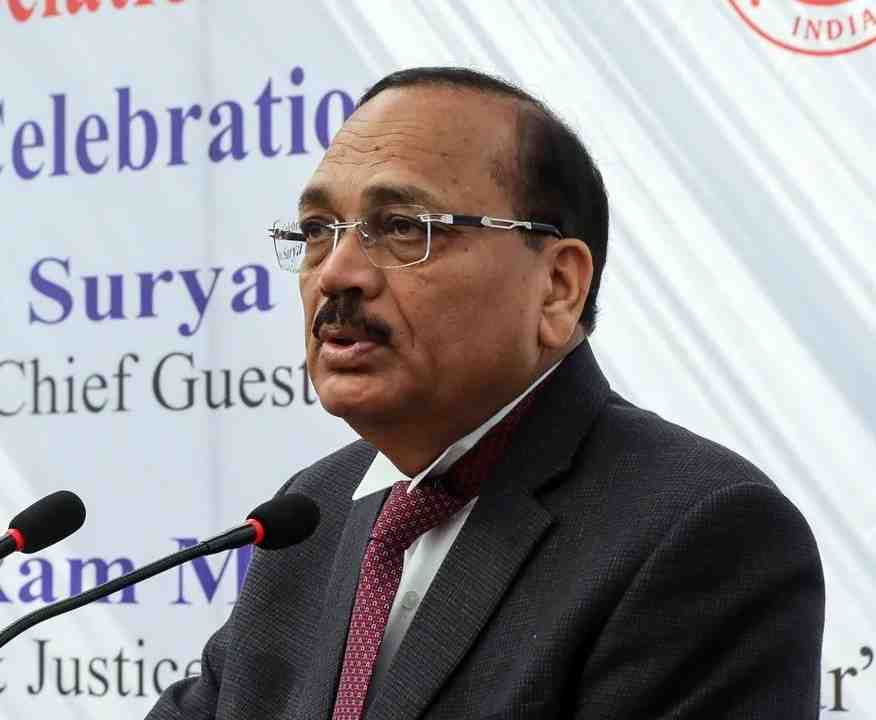
CJI Surya Kant Urges Unified National Judicial Policy for Consistent Judgments
Chief Justice of India Surya Kant has emphasised the need for a comprehensive national judicial policy to bring uniformity in court rulings and reduce doctrinal inconsistencies across India’s judicial system. Speaking at the Constitution Day ceremony in the Supreme Court on November 26, 2025, he underlined that predictable and coherent legal interpretation is essential for preserving public trust in constitutional governance.
Need for Harmonisation Across Courts
The CJI noted that India’s justice delivery framework functions through 25 High Courts and multiple Supreme Court benches , which often results in varying interpretations of similar legal questions. He stated that while diversity of judicial thought is valuable, fragmented rulings can create uncertainty for litigants. A unified judicial roadmap, he said, would serve as a “judicial symphony—many voices, one constitutional rhythm.”
Bridging Gaps in Access to Justice
Chief Justice Kant also addressed the widening disconnect between constitutional ideals and lived experience. Despite legal protections on paper, marginalised communities continue to struggle due to factors such as high litigation costs, language barriers, distance from courts, and pendency delays . He stressed the need to enhance judicial infrastructure and procedural accessibility as the first step toward inclusive justice.
Promoting Mediation as a Humane Mechanism
Highlighting mediation as a modern tool of dispute resolution, the CJI described it as a cost-effective, participatory, and compassionate alternative that helps reduce case burdens while encouraging collaborative settlement. Adoption of structured mediation, he said, could significantly improve justice outcomes nationwide.
Exam Oriented Facts
-
CJI Surya Kant called for a national judicial policy for uniformity in judgments.
-
Aim: reduce divergence among 25 High Courts and Supreme Court benches .
-
Barriers to justice: cost, language, delay, distance and lack of infrastructure .
-
Mediation promoted as an effective and humane dispute resolution model .
Month: Current Affairs - November 27, 2025
Category: